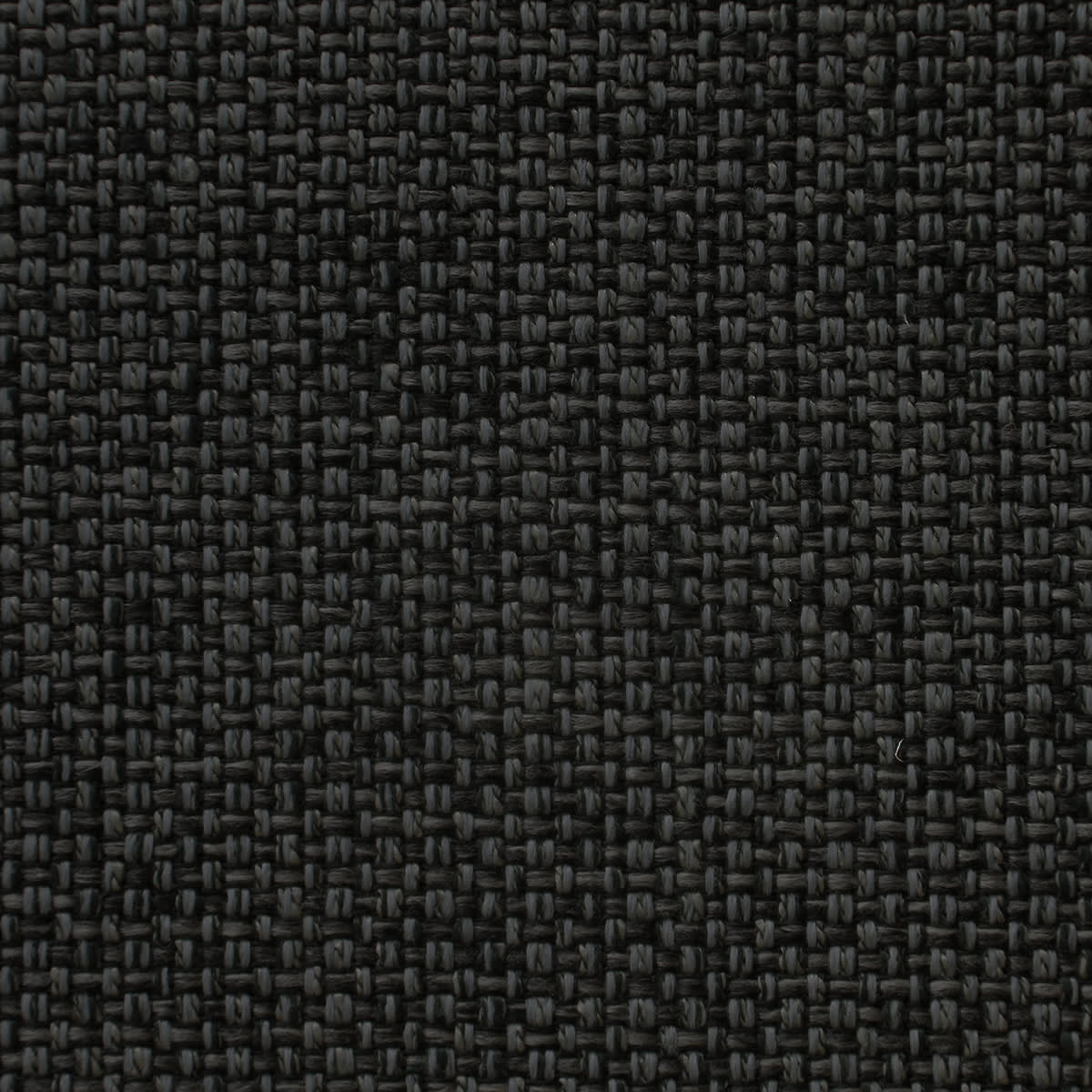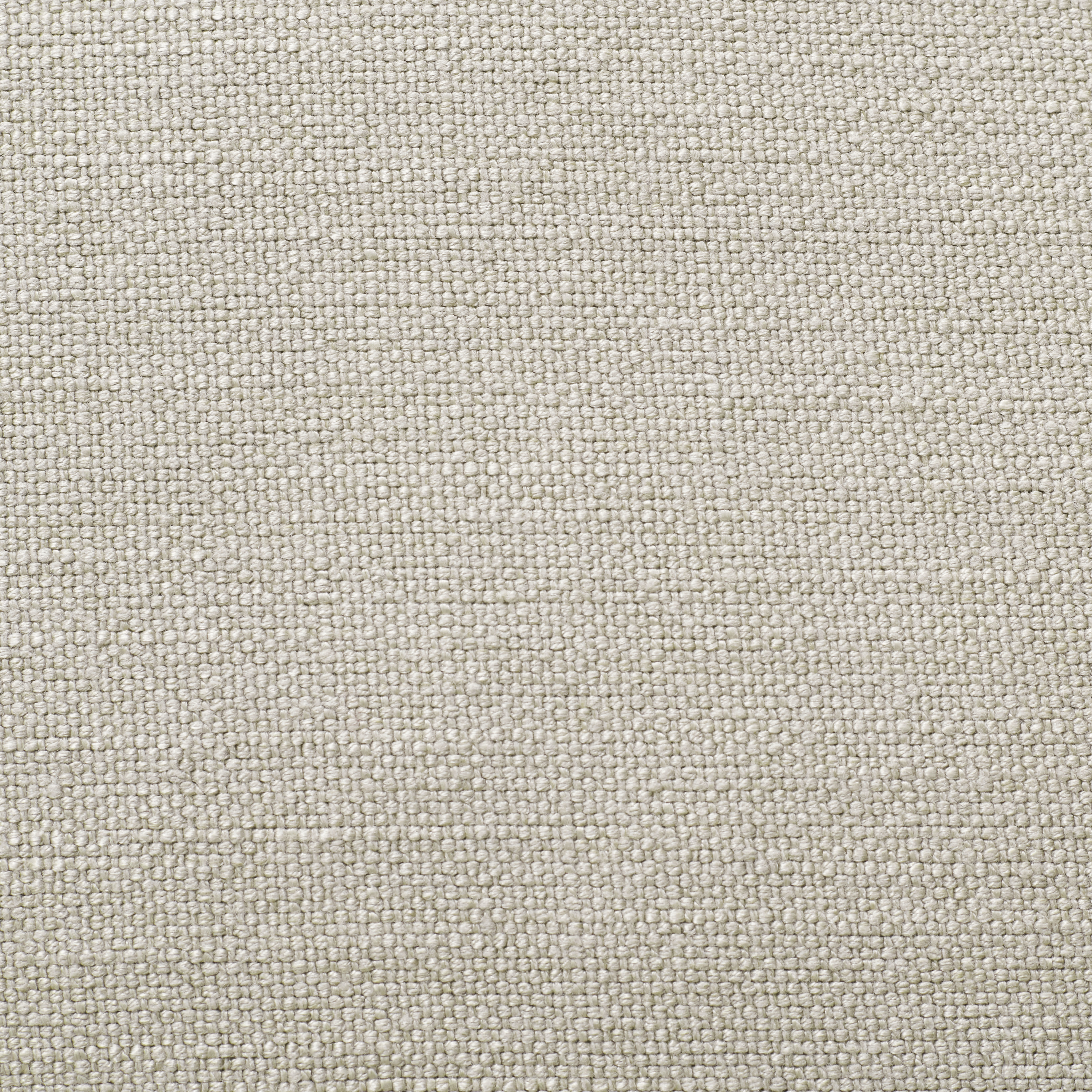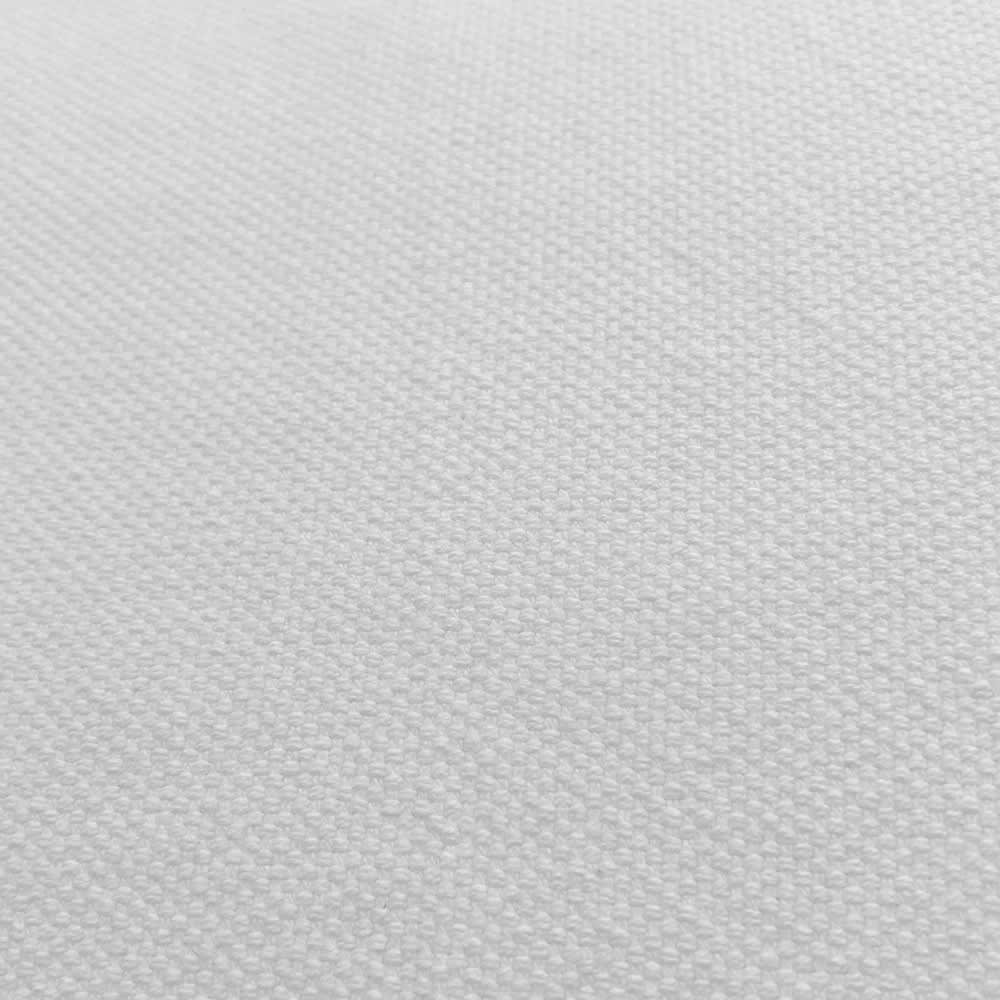Care
May 11, 2021
By: Chelsea Shedden | Interior Architect
How to Look After Your Fabric Furniture
With the shift away from leather upholstery in many contemporary homes, fabric has become a popular option for household furniture. You can’t go wrong with fabric when it comes to maximum comfort and beauty. Often a fabric sofa will become the heart of your home, placed beside statement armchairs and a fabric ottoman to kick your feet up and enjoy time with your loved ones.
When compared to leathers’ durability, fabric requires closer attention for care and maintenance to extend its longevity and overall appearance. From sofas to dining chairs and even your bedhead, it is important to know how to maintain its cleanliness for years to come.
We have included tips and tricks below to help you care for your fabric furniture pieces.
How to Make It Last
Aside from keeping your fabric clean and spotless, it is just as important to treat your upholstery with some general TLC so you can enjoy it season after season. We have put together a list of do’s and don'ts when it comes to maintaining the longevity of your fabric pieces.
DOs:
- Lift your sofa to vacuum underneath as dragging can damage the legs
- Plump your sofa cushions regularly to keep its shape
- Use a handheld steamer to iron out wrinkles in cotton
- Use a fabric sealant spray when you first purchase a sofa for added protection. We recommend the Guardsman aerosol
DON’Ts:
- Avoid exposing your fabric products to direct sunlight or hot air-conditioning as it can fade and the fabric could scorch
- Never pull on loose threads, always cut them
- Don't use general household chemicals to clean stains
- Avoid wearing heavily dyed clothing with light coloured fabrics
How To Clean Your Fabric
No matter what type of fabric you have, the same general steps are required to clean and maintain the appearance of your upholstery.
- On a weekly basis, vacuum your furniture to remove any dust or crumbs built up on the surface that can cause abrasions and pilling.
- Wipe up any spills immediately and blot the excess with a damp cloth. Never use household cleaning supplies for your furniture as they can be aggressive and cause a change in colour.
- For tough stains use a qualified spot cleaner specifically made for fabric upholstery. Test a small patch on the underside of a sofa cushion before applying it to the main visible section.
We recommend Guardsman Fabric care products to help protect the material and keep your fabric pieces looking new for a lifetime. Available as easy-to-use care kits or individual cleaning products, Guardsman also offers warranties for accidental spills and damages.
As recommended by our fabric protection specialists, your fabric couch or chair should be cleaned by a qualified upholstery cleaning company once a year to make sure it maintains its original look and stands the test of time.
For slipcover sofas in particular, machine washing can discolour or warp the shape of the cover. To make sure this doesn’t happen, it is best to get slip covers professionally dry cleaned. To refresh the look of your sofa you can also purchase a new set of covers for your existing piece by contacting your local OZ Design store.
Types of Fabric
Each with its own unique look and texture here are a few examples of common fabrics used for furniture.
Cotton
Cotton is the most comfortable fabric as it is breathable and will make whoever sits or touches it feel cool. This fabric also resists pilling but will wrinkle quite easily, so it is worth purchasing a handheld steamer to counteract this.
Polyester
Made from synthetic fibres, polyester has more long-term durability, however is less comfortable and breathable compared to cotton. With its water-repellant and stain resistant qualities, this is a great choice for families with children and pets.

Linen
Being more durable than cotton, linen is extremely lightweight, comfortable and requires lower maintenance with its dry cleanable qualities. Linen is often used for slipcovers on lounges as it is easy to clean and has a natural wrinkle.

A Note on
Pilling
Pilling can occur due to normal everyday use and should not be considered a fault.
There are many variables which can trigger pilling including the weather conditions, purity of the living room atmosphere, and how you use the furniture. Even specific clothing types like fleecy tracksuits can rub against the furniture and cause pills to transfer across.
An easy way to remove pilling is by using a battery-operated tool available from most haberdashery stores such as Spotlight.
Shop Our Fabric Favourites
Join our mailing list
Subscribe to our newsletter to be inspired and discover our latest promotions.























